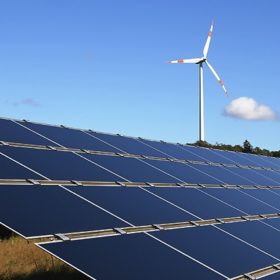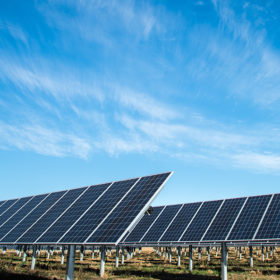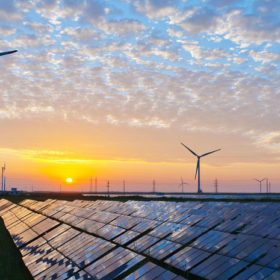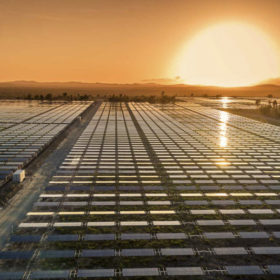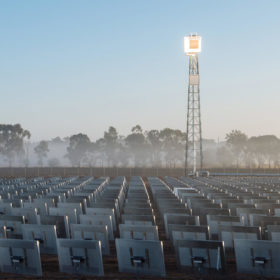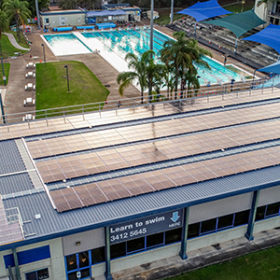Australia’s renewables pipeline continues to grow at record speed led by solar PV
The Australian renewables sector was not immune to a host of challenges that marked the first half of the year, but the pipeline of renewable energy projects in the country reached new heights. While new construction dipped to a four-year low and financial close remained out of reach for a great number of projects, the second half of the year is looking more positive, according to Norwegian consultancy Rystad Energy.
Industry super fund calls on Govt to heed investors and end policy vacuum
Hesta, a leading industry superannuation fund trusted by 860,000 Australians, has joined a host of other major investment firms nationwide calling on the Federal Government to encourage large-scale renewable investment by setting an emissions target and cleaning up its strategy.
Monash University gets ARENA funding to investigate renewables integration into weak grids
Researchers at Monash University will conduct a desktop study to explore issues and strategies associated with connecting inverter-based generation such as batteries, solar, and wind into weaker parts of the National Electricity Market.
New light: Researchers extend the range of solar cell sensitivity
In a world-first, scientists in Australia and the United States have managed to upconvert light from below the silicon bandgap with the help of oxygen into high energy light that can be captured by silicon solar cells.
New modelling highlights clean jobs potential for economic recovery
New economic modelling from Accenture’s AlphaBeta has found 76,000 clean jobs just waiting to be created over the next three years if a green recovery from the twin recoveries from the Black Summer Bushfires and Covid-19 were implemented. The Plan, commissioned by the Climate Council, breaks down potential jobs in the hardest hit regions and occupations.
QLD’s ‘cradle of coal mining’, Ipswich, set for 50 MW solar farm
A 50 MW solar farm at a vacant site in Karrabin is on the verge of construction after Ipswich City Council approved the project’s Materials Change of Use application. Ipswich may have once been Queensland’s ‘cradle of coal mining’ but solar is a sure sign of growing up.
Vast Solar eyes $600 million solar hybrid plant for Mount Isa
A dispatchable hybrid solar project has been proposed by the Australian solar thermal specialist to power the community and resources sector in the Mount Isa region of Queensland.
SA Water large-scale solar and native revegetation symbiosis
SA Water’s highly ambitious $300 million solar uptake is proving a golden goose as a partnership with Succession Ecology to revegetate almost a tonne of native seedlings under large-scale solar arrays proves a win-win. The ground-mounted modules mean native vegetation can return to formerly agricultural land, and the native scrub itself protects PV panels from soiling.
Logan City Council hits 1 MW solar mark
Logan City Council has passed the 1 MW milestone of solar capacity on Council-owned buildings after the completion of a 100 kW install atop Logan North Aquatic Centre. The Council has plans to more than double that mark in the next year alone, however, some planned installations may fall victim to Covid-19 inspired cutbacks.
7 major players shortlisted for ARENA hydrogen funding round
Commercialisation of hydrogen production is a Government priority. Today seven applicants for ARENA funding of large-scale hydrogen proposals made it through to the next round, in which they will submit full applications for projects that will be expected to commence construction in 2022.
